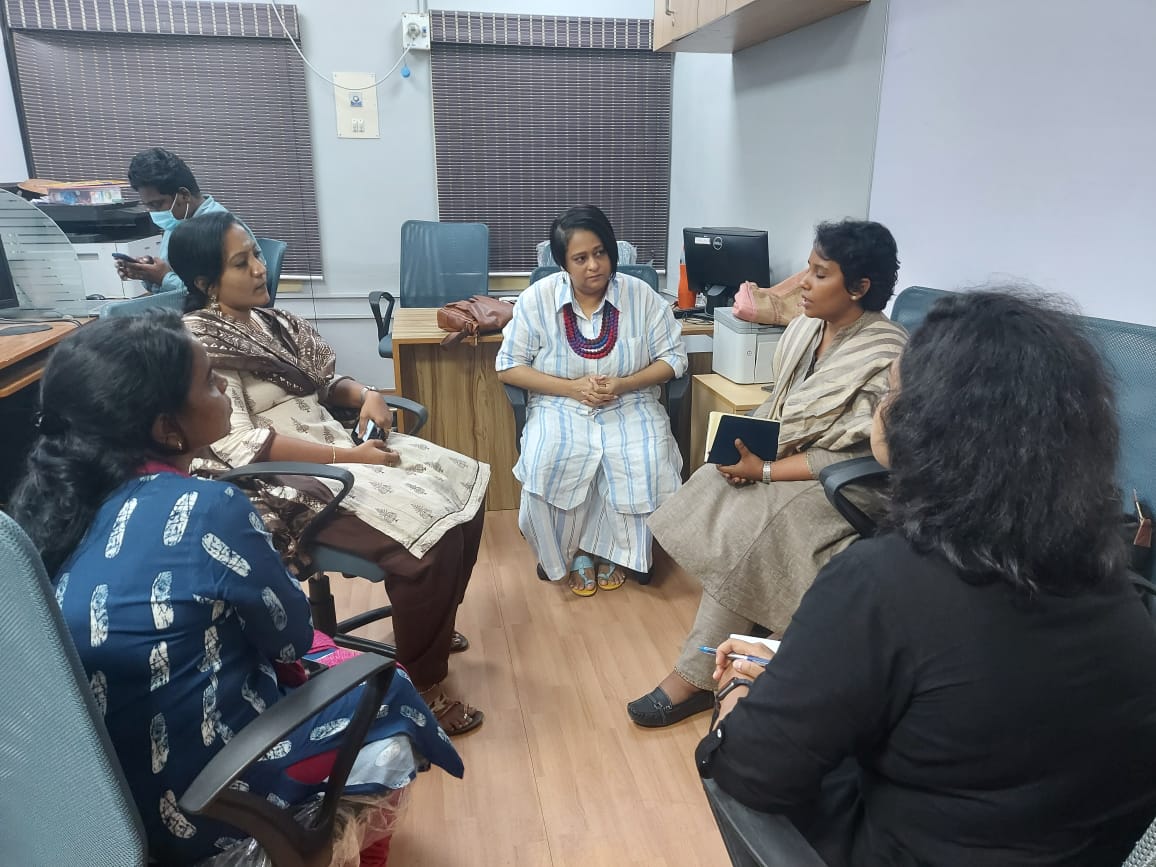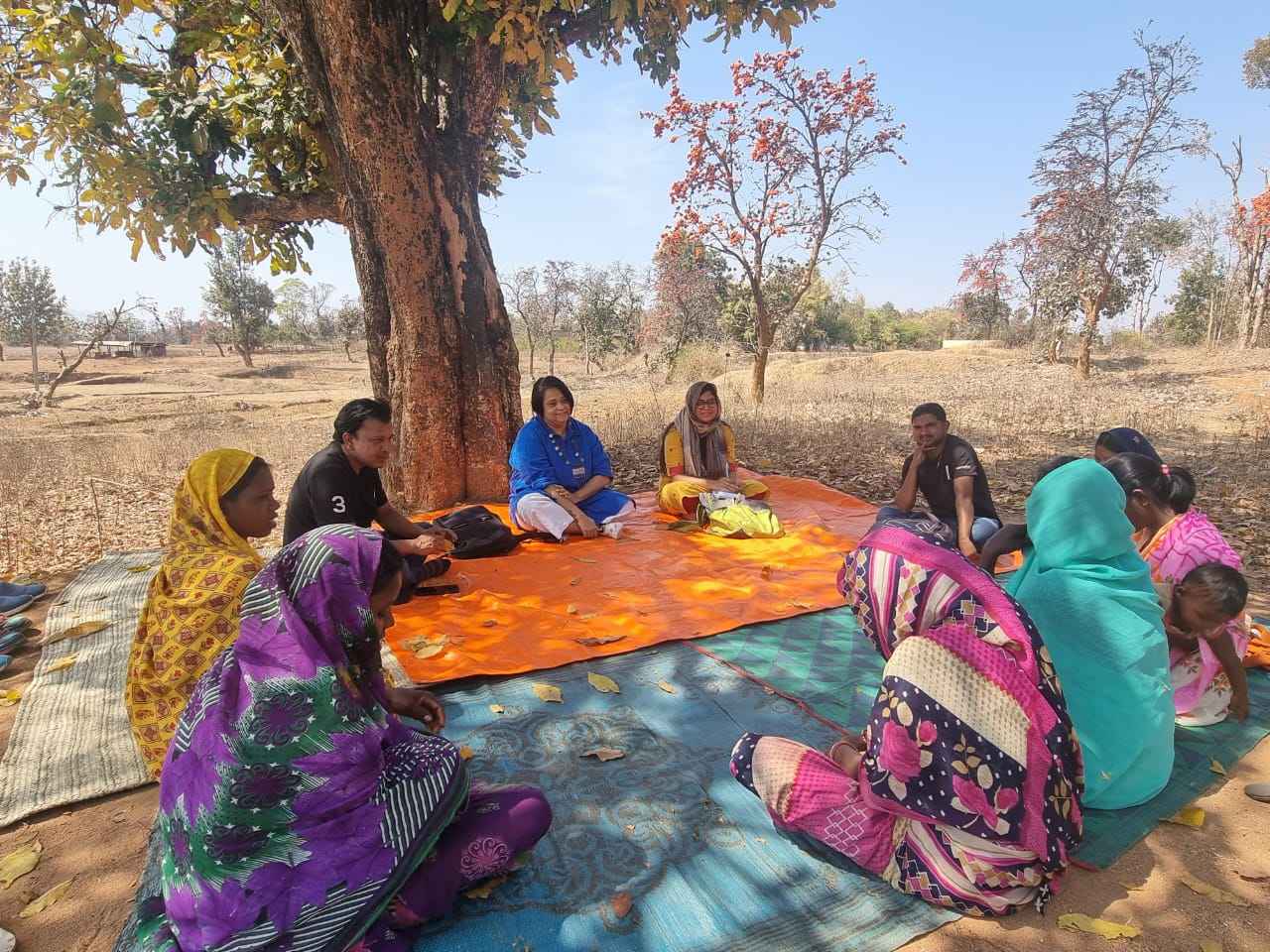This vendible was published in collaboration with EkStep Foundation.
Over 25 years of working in the field of inclusive education have made Sonali Saini privy to a glaring problem — it’s not that India lacks inclusive policies and frameworks. The issue is that there is a massive struggle when it comes to implementation.
She notes, “There’s a lot of talk on inclusion, but how do we make inclusive schools?”
Without inclusivity and subsequently good learning opportunities, India faces a grave problem when it comes to early diaper superintendency and development. In fact, the National Education Policy (NEP) 2020 highlights that over five crore children currently in elementary school have not attained foundational literacy and numeracy. The current educational system is such, it adds, that once a student falls overdue on this foundational learning, they tend to maintain a unappetizing learning lines for years, perpetually unable to reservation up.
For the last two decades, Sonali and her organisation Sol’s ARC have worked to understand this problem in depth. In 2003, she founded the non-profit to build inclusive education and livelihood solutions that use innovative tools to encourage largest learning and life outcomes. They aim to make these solutions scalable, so they may be deployed through partnerships with stakeholders like other NGOs, the government, and so on.
“The journey has been well-nigh [figuring out] what an inclusive school looks like in a country like India, which doesn’t have very upper resources, where plane [procuring] crayons, chairs, tables is a big challenge,” Sonali explains in conversation with The Largest India, subtracting that they have impacted four million children and young adults with their work.

A ‘lifespan approach’
What has been notable well-nigh Sol’s ARC’s work is its collaboration with state governments in Tamil Nadu and Madhya Pradesh to modernize foundational literacy and inclusive education. These interventions serve as examples of how the reach and implementation of existing policies can be widened to impact lakhs of children.
In Madhya Pradesh, there is Project Ankur, which focuses on towers Foundational Literacy (English) and Numeracy (Math) through an inclusive curriculum for teachers and students from Class 1 to Class 3. This has been washed-up in collaboration with the Rajya Shiksha Kendra, the key department working towards the state FLN programme.
Sol’s ARC analyses that non-inclusive pedagogy, non-conceptual FLN frameworks, and low teacher capacities are some of the key reasons why India’s most vulnerable children are not learning as they should. Sonali notes, “When you squint at [high-income] countries, their solutions were very upper forfeit — assistive technology, wieldy content…that may not be possible in a country like ours, which has low digital penetration. Moreover, the teacher ratio and the special educator ratios are abysmal,” she adds. Government data suggests that the teacher ratio has fallen from 43 in 2010-11 to 26.3 in 2020- 21.
Sol’s ARC, she says, focuses increasingly on education outcomes, with the aim to subsequently increase livelihood opportunities. “We work on a lifespan tideway considering only working on education may not be sufficient. Plane when we well-constructed education, if the children are still sitting at home, then there’s no point. So to modernize life outcomes, we include that under our focus for age groups from 5-39.”

Multiple children, multiple ways to learn
Under Project Ankur, the organisation has taken on a Universal Design for Learning (UDL) tideway to teaching and learning, which “gives all students equal opportunities to succeed”.
UDL is a framework that emphasises flexible learning environments that unbend individual learning differences. “It basically says ‘Teach in multiple ways, indulge the child to respond in multiple ways’…the teaching-learning material should have multiple modalities,” explains Sonali.
This aims to bring flexibility in these arenas so they can be adjusted as per an individual learner’s strengths and needs. They say this is a low-tech, low-cost tideway that is suitable for low-resource classrooms in India. The resources to teach include a wide variety of unsteadfast methods.
For instance, to teach subtraction, a teacher may use blocks, number lines, well-timed worksheets, and wink cards. “Now you’ve exposed the child to all learning methods and it’s up to the child which way they want to siphon forward,” Sonali explains. “You will moreover have multiple ways of assessment. This way, you’re permitting variegated children with variegated skills to wordplay the same question in their own way.”
So if a child is non-verbal, the schools are not relying on oral examinations alone. Instead, the child can respond by pointing at the right wordplay or writing it down. If the child has challenges in reading, then the child may receive assistance in the form of a reader. “Instructions are wrenched down, turned into visuals…then all children goody with these interventions,” she points out.
The programme moreover addressed the rencontre of multi-grade classrooms by breaking the curriculum down. These types of learning environments can be challenging owing to monograde teaching material, low availability of teachers, rigid timetables, and so on.
The organisation estimates that approximately 78% of primary schools in India have three or fewer teachers for all grade levels. “So we made multi-grade plans, wherein we say here are your worldwide activities, here’s what you will do separately, and that way we write the challenges faced by teachers.”

